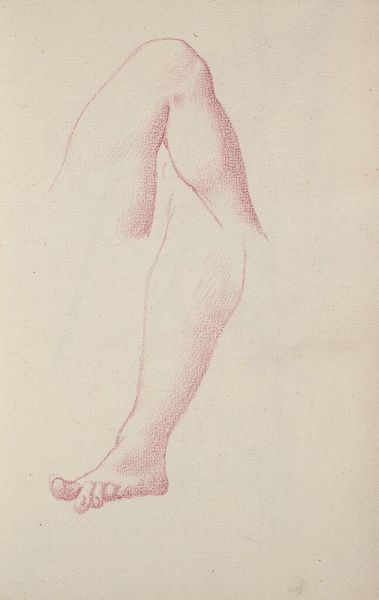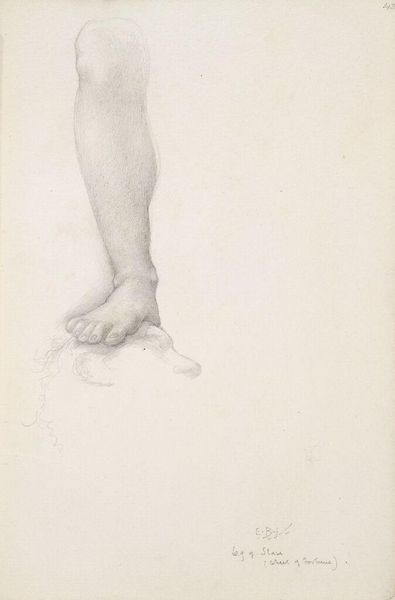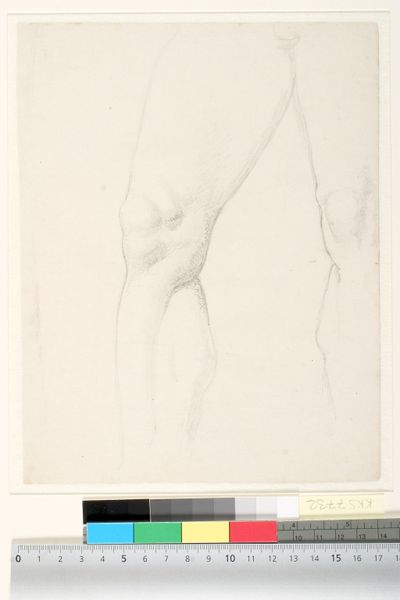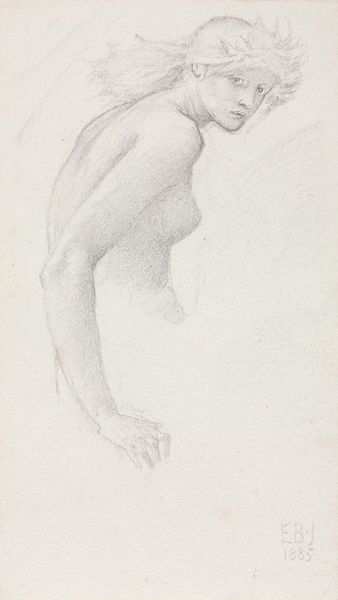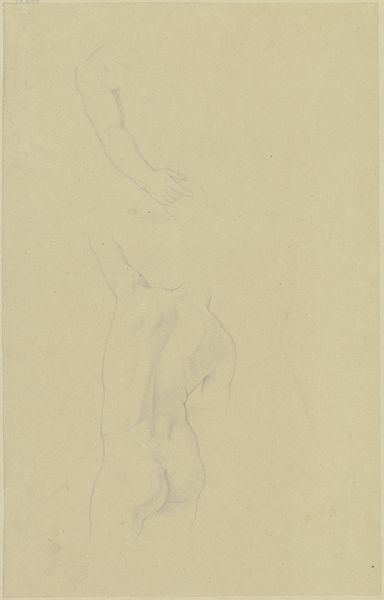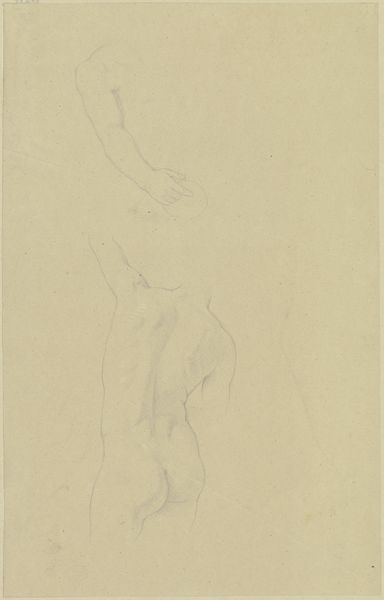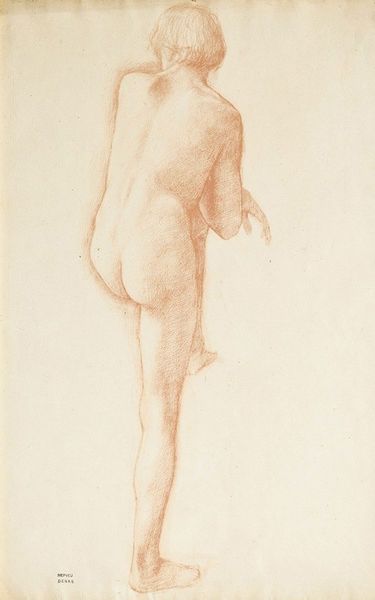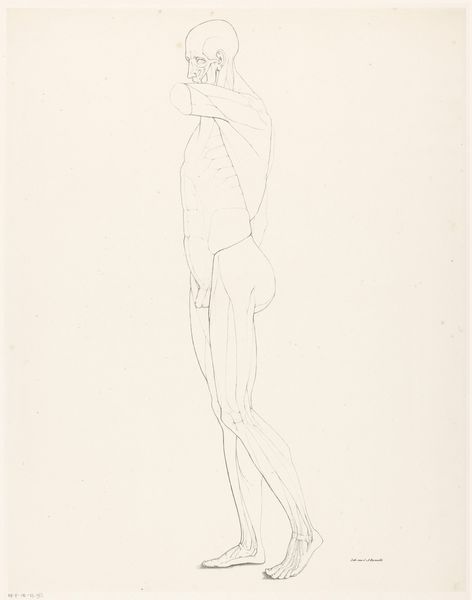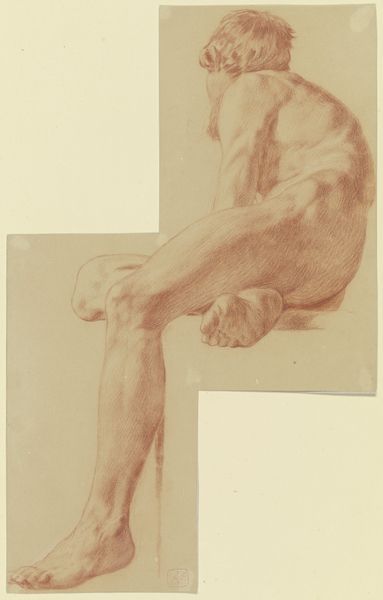
drawing, pencil
#
portrait
#
pencil drawn
#
drawing
#
amateur sketch
#
light pencil work
#
shading to add clarity
#
pencil sketch
#
form
#
portrait reference
#
pencil drawing
#
pencil
#
line
#
portrait drawing
#
pencil work
#
academic-art
#
realism
#
initial sketch
Copyright: Public Domain: Artvee
Editor: Here we have "Studies of an Arm and Hands," a pencil drawing by Edward Burne-Jones. The shading is quite delicate. I find the image really subtle. What can you tell me about it? Curator: The delicacy you mention is key. Burne-Jones, situated within the Pre-Raphaelite movement, engaged with romantic ideals but also reflected anxieties around industrialization and the commodification of the body. Do you see how the fragmented nature of the studies—the isolated arm and hands—speak to a concern about the body becoming a mere object of study, detached from its wholeness? Editor: That’s interesting, I hadn't thought about that. So, you’re saying it’s more than just a technical drawing exercise? Curator: Exactly. Consider also the social context: Victorian England was obsessed with propriety, often at the expense of representing the human body honestly. How might Burne-Jones, in his delicate, almost hesitant depiction of the nude form, be subtly pushing back against those constraints? The fragmented form also evokes, for me, a subtle sense of alienation, perhaps reflecting the artist’s or society's disconnect with the physical. Editor: It makes me think about how bodies are represented today too - airbrushing, digital manipulation… it's all very similar. Curator: Precisely! And we can even link that to the politics of representation. Who gets to decide what a "perfect" body looks like, and what are the consequences for those who don't fit that mold? Burne-Jones's sketches, even in their incompleteness, can spark a conversation about these ongoing struggles. Editor: I see. It’s fascinating to consider this drawing as more than just a preparatory study. Curator: Indeed. Art gives us a platform to understand historical and ongoing socio-cultural patterns. Editor: I’ll definitely look at these types of drawings differently from now on. Thanks.
Comments
No comments
Be the first to comment and join the conversation on the ultimate creative platform.
